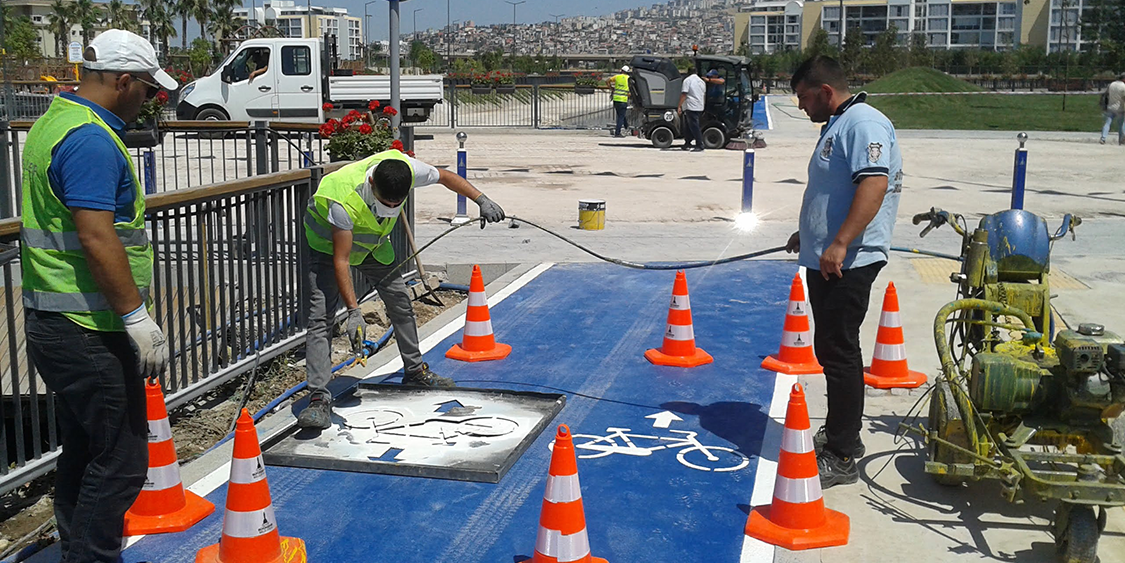
The safety and health of the workers performing various tasks during a temporary traffic control situation should be your first and foremost concern. As an employer, you are responsible for assessing the workplace to determine what hazards are present or are likely to be present, and you should devise solutions to reduce the risk of injury.
This checklist is designed to assist you in ensuring proper safety considerations to reduce injuries to your workers:
1. Train all workers on how to work near traffic in a way that minimizes their vulnerability. Workers with specific traffic control duties should be trained on specific techniques, device usage and placement.
2. Workers should wear highly visible clothing similar to flaggers.
3. Place barriers along the work space depending on factors such as lateral clearance of the workers adjacent to the traffic, motorist speeds, the duration of the operation, time of day and traffic volume.
4. Consider reducing the speed of traffic through regulatory speed zoning, funnelling, use of police, lane reduction and flaggers.
5. Place lighting for night-time work to give drivers a better understanding of the work area. Exercise care to prevent blinding.
6. Use special warning and control devices in specific situations which require extra precautions. These include rumble strips, changeable message signs, hazard and identification beacons, flags and warning signs.
7. If alternate routes are available to handle detoured traffic, close the road temporarily when there are the greatest hazards posed for workers.
8. Allow only a qualified person with sound engineering skills and judgment to implement abridgements to the roadway.
9. Inspect the work zone at least twice daily and when significant traffic patterns change. Inspect intersections before the shift begins and at midday.
10. Work during off-peak hours, and park and work out of the way of traffic as much as possible.
11. Develop a plan for work and emergency vehicles before it is needed.
12. Use flaggers wearing highly visible red or orange warning garments to supplement the other traffic control measures.
13. Modify the traffic control system when there are changes in weather.
Find out more:
Download your own copy of our Traffic Control Plan Checklist for an in-depth guide of how you can better protect your workers in a work zone:


